24+ Sample Group Proposals
-
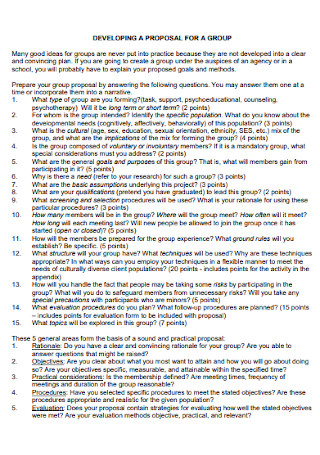
Developing a Proposal for Group
download now -

Reading Group Proposal Form
download now -
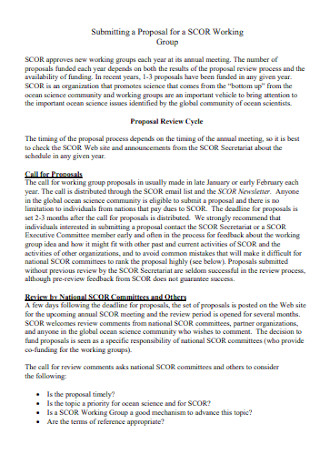
Proposal Working Group
download now -
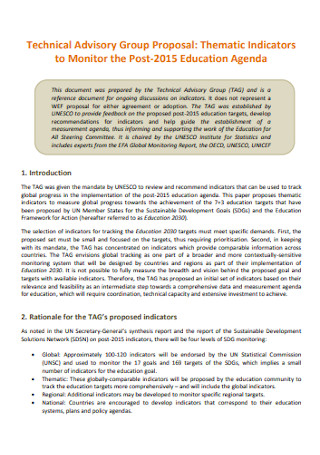
Technical Advisory Group Proposal
download now -
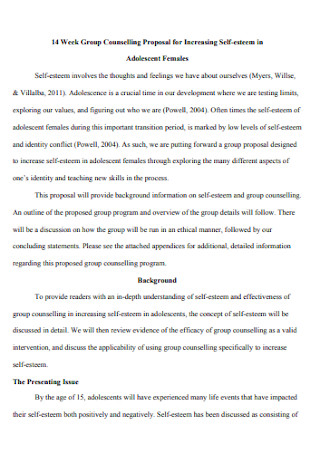
Group Counselling Proposal
download now -

Simple Group Proposal
download now -

Communications Work Group Proposal
download now -
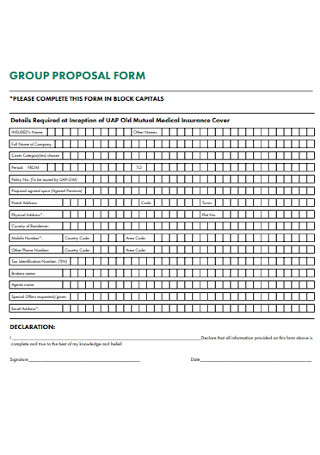
Sample Group Proposal Form
download now -
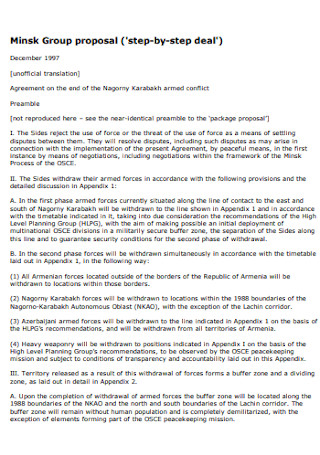
Group proposal Format
download now -
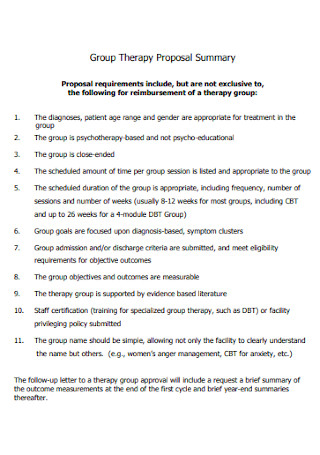
Group Therapy Proposal
download now -

Basic Group Proposal Template
download now -
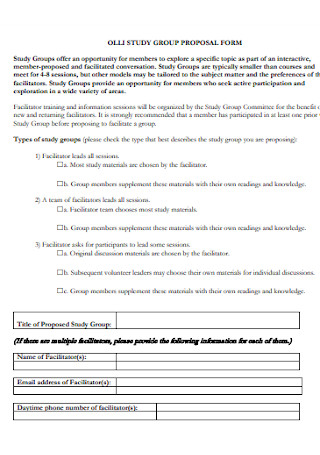
Study Group Proposal Form
download now -
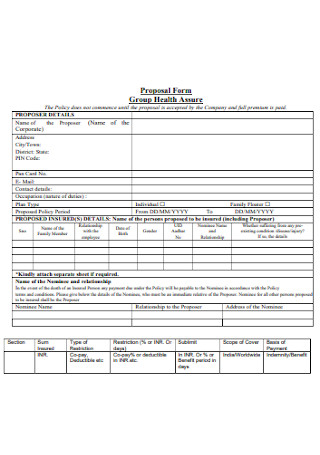
Group Health Assure Proposal
download now -
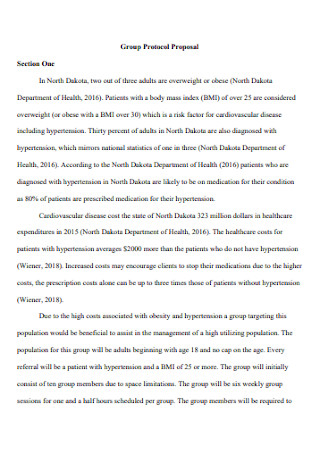
Group Protocol Proposal
download now -
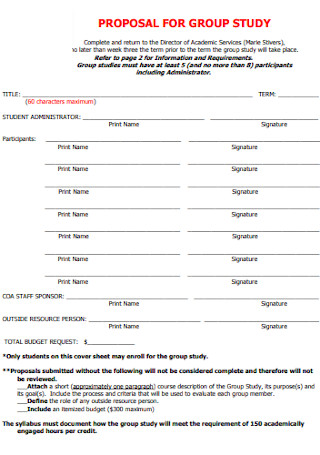
Proposal Group Study Template
download now -
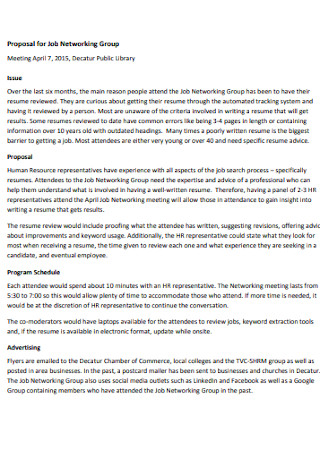
Proposal For Job Networking Group
download now -
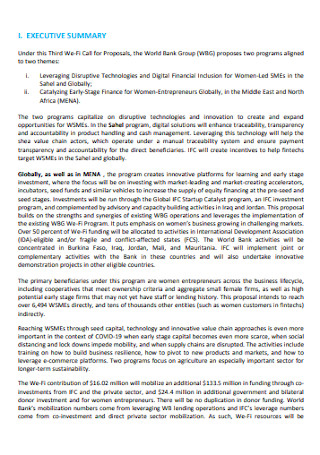
Bank Group Proposal
download now -
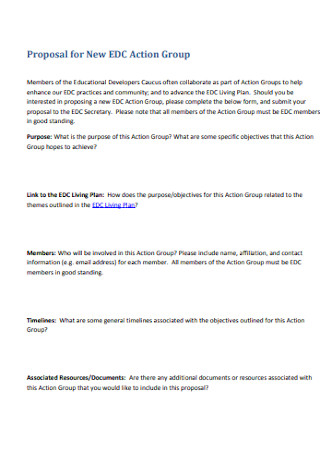
Proposal for New Action Group
download now -
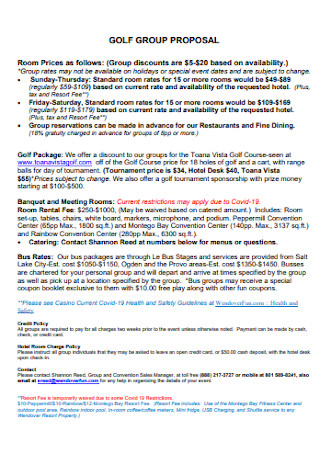
Golf Group Proposal
download now -
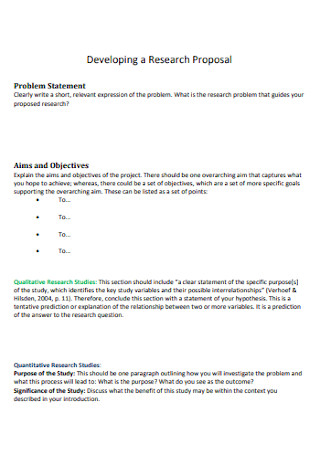
Group Research Proposal
download now -
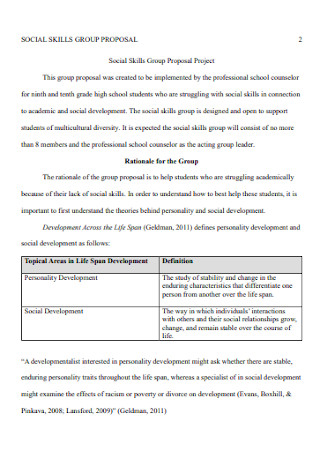
Social Skills Group Proposal
download now -
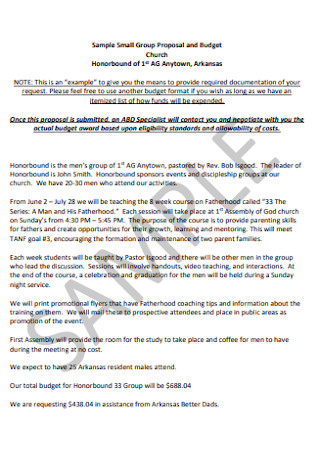
Church Group Proposal
download now -
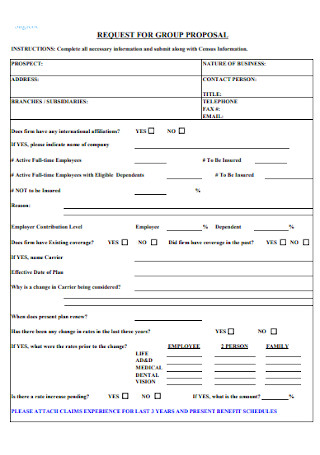
Sample Request for Group Proposal
download now -
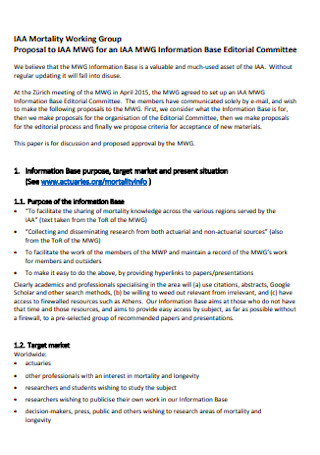
Working Group Proposal
download now -
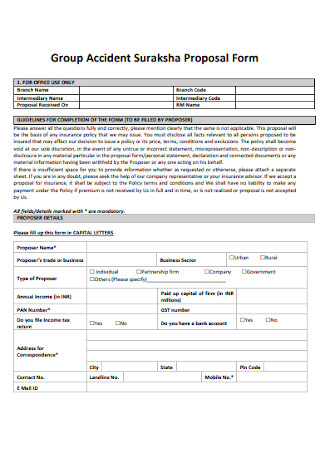
Group Accident Proposal Form
download now
These plans begin with the usual proposal that oftentimes pose as a challenging task that might put you off from even mounting your idea. If you are working with a group, the load may be a little less lighter but the fact remains that you and your team must overcome the proposal writing stage to start implementing your ideas. In this article, we will be discussing what a group proposal is, what it’s basic components are and how having an effective proposal in your arsenal is worth considering as a necessity. We have also gathered 24 Group Proposal templates that you may want to take direct inspiration from to kickstart your proposal writing process.
What is a Group Proposal
A Group Proposal is as straightforward as it can get. It is simply a written document reflecting the ideas that an existing group may want to put into practice. It may also be a formal writing that presents the idea that you want to form a group of your own based on a common denominator which can be interests or a shared experience that can be best celebrated or overcome when done with people who have been through the same.
Contrary to a club proposal, most group proposals are done outside academic institutions but the process is still the same except the budget is not as constraining in the sense that you don’t have to limit your group’s needs based on a fixed budget from the university that you still have to share with other clubs who might demand a larger amount for funding and are likely to get it with their reputation in the university. However, you would still need to present a group proposal to whoever has the authority to grant it or to interested individuals with the financial background that can acknowledge the idea and ultimately fund it as your proposal deems fit.
Basic Components of a Group Proposal
While it should be common knowledge by now, it still is worth noting that most, if not all, proposals can face an inevitable rejection. This is so because a proposal mostly functions to only present the idea for further discussion but not to seal the deal. That being said, it is extremely important that your proposal compels the reader to take interest in your idea and this can be done so by nailing the basic components of a proposal.
The University of Tennessee at Martin lists down 8 basic components of a proposal and they are as follows:
1. Abstract/Summary
This section you can liken to an executive summary in the sense that it briefly summarizes what the group aims to accomplish in their proposal as well as the procedures and the process of achieving it. It requires the objectives to be clearly stated or if the group proposal intends to form a new group, the general description of the group should also be briefly mentioned in this section. As this contains a run-through of what the rest of the proposal will talk about, this is probably the section that requires you to spend the most time on because this would be what prospective partners would be looking into before their attention is captured and they consider reading the rest of the proposal in full.
Be sure to indicate the demographic the group proposal aims to target and the purpose of the group that at the same time explains why there’s a need for it. It mostly addresses the question: What socio-economic realities will it address and how will members of the group benefit from it that are worth emulating to sustain the group’s relevance? You may also want to indicate the initial total cost or the amount the group will need to launch it. It would be best to write this part of your proposal after you have written everything else since it is a condensed version of your proposal and what your general aim is for the reader to get the gist upon reading this section of your proposal. The typical length of this section is 150-250 words and be sure to go easy with the technicalities of your proposal. Communicate your idea how you would to a friend with less jargons and a personalized approach.
2. Introduction
Other sources would name this section as the Project Description but it all boils down to introducing who is behind the proposal and what they aim for through the proposed idea. It describes the idea in detail, what gaps the idea aims to bridge and how it is important that this gap is filled in. This also allows your group to establish their qualifications or credibility and shall also try to forge a connection with the sponsors’ purpose and goals. An alignment of values is the surest way to attract partners and individuals who can then advocate for your group proposal. For those whose intention of submitting a group proposal is to form a group, this section should define your group’s purpose and how the formation will attain what it endeavors. This section serves as the heart of your proposal so it is of utmost importance that care and meticulousness is put into this section in the sense that it should aim to describe the goals of the proposal in a manner that readers will find easy to digest and eventually get on board.
3. Problem Statement or Needs Assessment
Your introduction should have been properly crafted as build up for this section which is why it is also worth noting to be as cohesive as possible when drafting your group proposal. This manner of writing your proposal represents order which readers would appreciate as it won’t be difficult to navigate the essence of the proposal. The Problem Statement of your proposal shall address queries such as the kinds of issues the proposal will specifically target and why it’s important that your group will provide the space to tackle them as well as how your group will create these spaces.
You can demonstrate your expertise and provide data and statistics to back you up and support your claim that your group in particular can address the evidence you have presented. This must explain how your group’s objectives came to be and like everything else in your proposal, must aim to provide a compelling case. For those that want to create a group, this section should likewise explain why there’s a need that a group must be formed to address it and how members can benefit from the proposed group.
4. Objectives
Having presented the problem statement, your objectives should serve as its response and at its core, wants to resolve these issues. You must also have to ensure that your objectives can produce outcomes that are measurable in the sense that you can put up indicators that progress has been made or that the stated goals have been achieved. Lastly, the beneficiaries of the proposal should also be described. There is actually a way to formulate effective objectives and that is through grounding it to the S.M.A.R.T Objectives Checklist that allows you to articulate your objectives better. Objectives are SMART when they are:
5. Methods
You may incorporate your activity proposal for this section. It describes the activities that must be done as they shall serve as steps in producing the group’s desired results. The activities should be relevant to the group’s goals so you may also want to mention why the activities were chosen. You may also want to designate key members of your group who can be responsible for handling the activities so as to ensure that the activity is properly performed and your objectives can be achieved as soon as the group wants it.
6. Evaluation
This section essentially assesses the group idea’s success, the main reason why objectives must be measurable so as accomplishments can be identified. This section shall describe through what ways can your idea be evaluated so as investors can also determine if their investment is producing the desired results. The Evaluation section of your proposal also serves to function as a task report but more so as your group proposal’s criteria of success. It also ensures that the methods are properly implemented and its efficiency monitored so when it produces negating results, they can immediately be modified.
7. Future or Other Necessary Funding
A proposal gives you the freedom to look far into the future on a positive note. This includes coming up with plans on acquiring supplemental funding with an optimistic assumption that you are to acquire the initial funding. This way, readers have the impression that you are looking into several ways of funding your proposal and are not just reliant on one area for financial support. Future maintenance and program costs shall also be presented and how your group can look into other ventures to fund them after initial grant funds have depleted. This is to ensure the continuity of your group’s proposal and to secure its sustainability.
8. Budget and Budget Justification
Present a feasible budget plan that details a reasonable estimate of the proposal’s expenditures as well as a budget narrative attached to explain why the total costs amount to the specified budget. Be transparent as possible in your budget proposal so as funding sources can properly determine how funds are to be allocated. A group proposal all boils down to appealing to investors to fund your proposal which will then be used to kickstart your idea now that it has the budget to function on. As unfortunate as it may seem , the reality is that most proposals cannot be implemented without a budget so be sure to craft your proposal as persuasive as you can.
Importance of Proposals
It articulates your idea.
While proposal writing can seem like a daunting task especially to those with no inclinations and those that especially do not take joy in having to write word after word about what they already know, the process of writing a proposal can prove to be an effective tool in concretizing your idea and making its purpose and scope understandable. It allows you to delve deeper into your proposal and determine loopholes through which you can come up with an immediate resolution before others can.
It secures funding.
At its deepest core, a proposal of any kind is there to function as an advertising stunt to attract investors that are willing to fund them. This is because having a proposal in your disposal, especially one that outlines your proposal’s goals and appropriately allocates the funds it will need, gives you credibility and competence that most investors are mostly attracted to before they decide to invest. While the proposed budget is only just a proposal and still is an estimate, it allows investors to determine if they ought to commit to your proposal.
It provides a semblance of a direction.
We say semblance because a plan is more effective in imposing a direction your group can follow. A proposal attempts to create one since it has already defined what the idea’s purposes are, its objectives, the activities that could achieve these objectives and even a realistic estimate of the funds the proposal will need; however, it can still be modified under the terms and conditions that both parties must be in agreement with. Nonetheless, having a proposal is the basic step of knowing which direction you want to head to that can further be developed once your proposal is given the signal through which you can start drafting a plan to continue where your proposal left you with.
Recap: What is a Group Proposal
A Group Proposal, like most proposals, are important in the sense that it articulates your idea and establishes a clear understanding of it, it attracts investors that your proposal can start working on, and it provides a semblance of a direction that you can expound on later in your planning.
Recap: How to Make a Group Proposal
In summary, a group proposal although various in forms generally includes 8 basic components namely:
- Summary
- Introduction
- Problem Statement or Needs Assessment
- Objectives
- Methods
- Evaluation
- Future or other Necessary Funding and;
- Budget
Recap: Purpose of a Group Proposal
The main purpose of a group proposal is to create or further the discussion with regards to your proposal but it does not necessarily mean that your idea can come to fruition. Investors and partners are still given the option whether or not they should go through with investing in your idea. Which is why you must present your proposal with the intent to entice prospective clients.
